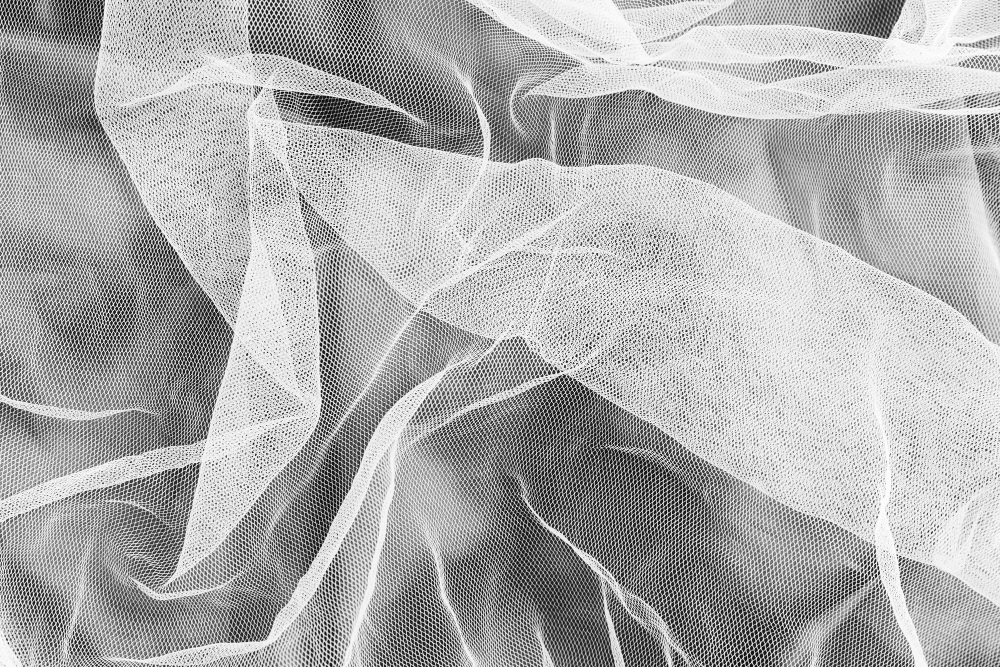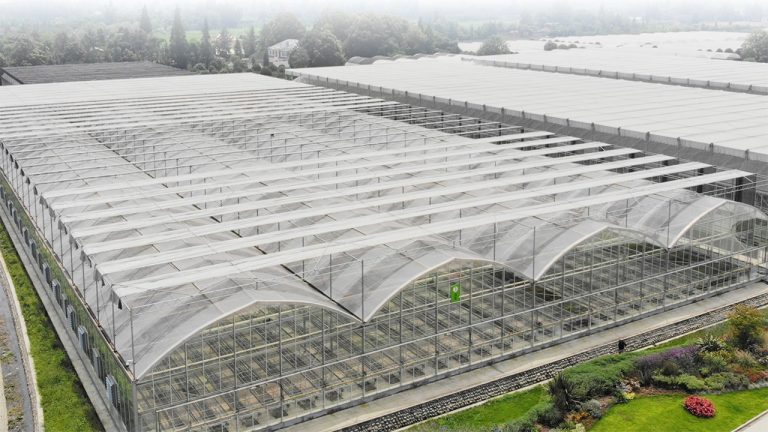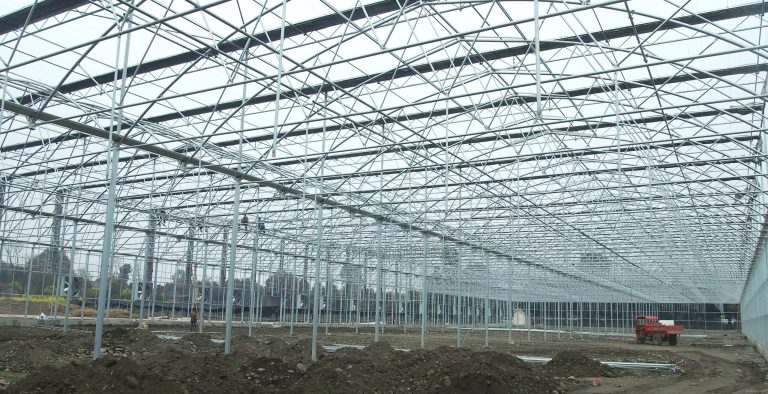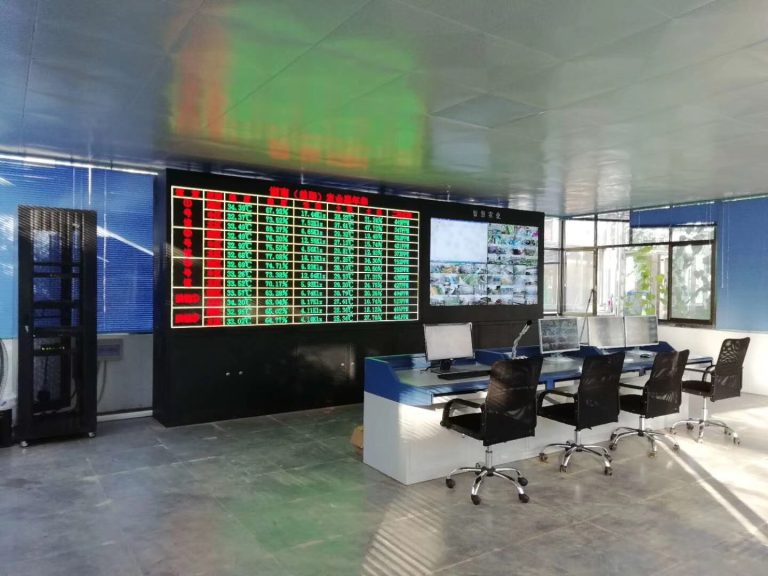
What Are They?
Shade nets are made from durable materials like HDPE and help block sunlight to protect plants from heat and UV rays. They’re great for gardens, greenhouses, and farms.Why Use Them?
They lower plant stress, save water by reducing evaporation, and shield from pests and weather. Colors like black (for shade) or green (for blending) suit different needs.Types and Uses
- Knitted: Flexible, good for gardens and greenhouses.
- Woven: Sturdier, used for crops needing more shade.
- Shading Rates: From 35% (light shade for patios) to 90% (for sensitive plants like ferns).
- Use them in agriculture, home gardens, or even for privacy in outdoor spaces.
Hail Nets: A Simple Guide
What Are They?
Hail nets protect crops from hail, which can damage fruits and vegetables. They also offer UV protection and help with wind and snow damage.Why Use Them?
They prevent costly crop losses, especially in hail-prone areas, and can increase yield by keeping plants safe.Types and Uses
- Raschel Drape: Lightweight, easy to install, good for trees and small gardens.
- Leno Woven: Durable, lasts 5-8 years, great for orchards.
- Raschel Quad: Very durable, up to 10 years, ideal for large fields.
- Use them for orchards, vineyards, or any crop needing hail protection.
How to Choose?
Think about your crop, local weather, and budget. For sunny areas, go for shade nets; for hail risks, choose hail nets. Installation is easy, but make sure it fits your space.Benefits for Your Wallet
Both nets can boost crop yield, cut losses from weather, and save water, making them a smart investment over time.
Detailed AnalysisFirst Part: Understanding Shade NetsShade nets, also known as sun shade nets, are protective materials made from high-density polyethylene (HDPE), designed to reduce sunlight exposure and protect plants from UV rays, heat stress, and other environmental factors. The following details are based on the FAQs and guides from Shijiazhuang Qibang and EYOUAGRO:
- Definition and Purpose: Shade nets are used to lower plant stress, conserve soil moisture, and shield from pests and weather, with applications in agriculture, greenhouses, and gardens. They can block up to 90% UV rays, providing privacy and versatility.
- Types of Shade Nets:
- Knitted Shade Net: Flexible, stretchy, durable, tear-resistant due to interlocking loops. Suitable for agriculture, greenhouses, home gardens, and outdoor recreation.
- Woven Shade Net: Rigid, tight weave, effective sunlight blocking. Used in agriculture for crops needing more shade, construction, and privacy screens.
- Filament Types:
- Mono+Mono: Made from single strands, durable, resistant to fraying and tearing. Ideal for high-demand agricultural use.
- Tape+Tape: Made from multiple strands, less durable, more economical. Suitable for budget-friendly applications.
- Mono+Tape: Combination of mono and tape filaments, offers benefits of both. Versatile for agriculture and construction.
- Colors and Their Applications:
- Black: Most effective at providing shade, absorbs more sunlight, high UV protection. Used for agricultural purposes, crop protection.
- Green: Blends with surroundings, allows enough light, ideal for gardens and parks.
- Blue: Calming effect, reduces glare, enhances water features. Used in outdoor seating, playgrounds, swimming pool areas.
- White: Reduces heat and glare, clean appearance, used for privacy and windbreak in commercial and industrial settings.
- Red: Decorative, enhances flower and foliage color with warm, filtered light. Used in gardens and decorative purposes.
- Beige: Neutral color, blends well, used for outdoor shading in residential areas like patios and decks.
- Shading Rates: Shade nets vary from 35% (allows 65% sunlight, suitable for patios) to 90% (allows 10% sunlight, ideal for sensitive plants). For example, 30%-40% is recommended for sun-loving plants like tomatoes, while 60%-90% suits sensitive plants like ferns.
- Benefits and Applications:
- Protects from excessive sunlight and heat.
- Reduces water evaporation, conserving soil moisture.
- Shields from wind, hail, and pests.
- Increases crop yield and quality.
- Provides privacy and aesthetic appeal in various settings, such as agriculture (crop shading, pest protection), greenhouses (regulating sunlight), home gardens (patio shading, privacy), outdoor recreation (parks, events), livestock areas (shade for animals), and construction (temporary shading, privacy screens).
- Lifespan and Selection: Research suggests shade nets can last 3-10 years, depending on material quality (UV-stabilized HDPE), sunlight intensity, and maintenance (cleaning, storage). Selecting the right net involves considering shade percentage, material, and color based on the intended use.
Below is a table summarizing key shade net information:
| Type | Features | Colors | Shading Rates | Applications |
|---|---|---|---|---|
| Knitted Shade Net | Flexible, durable, tear-resistant | Black, Green, Blue, White, Red, Beige | 35%-90% | Agriculture, greenhouses, gardens, recreation |
| Woven Shade Net | Rigid, tight weave, effective sunlight blocking | Black, Green, Blue, White, Red, Beige | 35%-90% | Agriculture, construction, privacy screens |
| Mono+Mono | Durable, resistant to fraying | Black, Green, Blue, White, Red, Beige | 35%-90% | High-demand agriculture |
| Tape+Tape | Economical, less durable | Black, Green, Blue, White, Red, Beige | 35%-90% | Budget-friendly agriculture, gardens |
| Mono+Tape | Combination, versatile | Black, Green, Blue, White, Red, Beige | 35%-90% | Versatile agriculture, construction |
Second Part: Exploring Hail NetsHail nets are designed to protect crops from hail damage, which can be devastating to fruits, vegetables, and other plants. They also offer UV protection and reduce other weather-related damages like wind and snow. The following details are based on EYOUAGRO’s guide on “3 Types of Hail Netting – All You Need to Know”:
- Definition and Purpose: Hail nets prevent costly crop losses, especially in hail-prone areas, and can increase yield by keeping plants safe. They are typically installed in rows, draped over plants, or used as flat canopies, with covering style best for fruit trees needing top-to-bottom protection.
- Types of Hail Nets:
- Raschel Drape Hail Netting: Lightweight, easy to install, with inbuilt eyelets for cable or cord. Anti-rip, UV-resistant, 10% shade factor, recyclable. Material: UV-resistant HDPE; Mesh size: 8.5mm × 2.5mm/2; Colors: White, Black; Width: Max 6m. Cost: $1500-$2500 per acre. Applications: Draped over big trees, used as shade cloth in greenhouses, garden protection.
- Leno Woven Hail Netting: Firm edges, antioxidant, anti-rip, UV-resistant, recyclable. Protects from hail and birds. Material: UV-stabilized HDPE; Mesh size: 2mm-8mm; Colors: Black, white, grey, red; Width: Max 5m; Lifespan: 5-8 years. Cost: $1800-$2800 per acre. Applications: Protects fruits and vegetables, prevents bird damage, suitable for orchards and vineyards. For example, for apple orchards, costs $225-$350/year per acre over 8 years, potentially increasing production by 10%.
- Raschel Quad Crossover Knitted Hail Netting: Most durable, lightweight, anti-rip, UV-protected, double-layered for added strength. Lifespan up to 10 years. Material: High-density polyethylene monofilament; Mesh size: 8mm, 12mm, 16mm; Colors: Black, white, grey, red, etc.; Width: Up to 20m. Cost: $2000-$3500 per acre. Applications: Ideal for large fields and flat canopies, especially in areas with fewer hailstorms, provides protection against bad weather and birds.
- Installation Tips: Hail nets can be installed in rows, draped over plants, or used as shady canopies, pyramid shapes, or flat. Covering style is most suitable for fruit trees, ensuring protection from top to bottom.
Below is a table summarizing key hail net information:
| Type | Material | Mesh Size | Colors | Width (Max) | Lifespan | Cost per Acre | Applications |
|---|---|---|---|---|---|---|---|
| Raschel Drape Hail Netting | UV-resistant HDPE | 8.5mm × 2.5mm/2 | White, Black, as requested | 6m | – | $1500~2500 | Draped over trees, greenhouses, garden protection |
| Leno Woven Hail Netting | UV-stabilized HDPE | 2mm-8mm | Black, white, grey, red | 5m | 5-8 years | $1800~2800 | Orchards, vineyards, protects fruits and vegetables, prevents bird damage |
| Raschel Quad Crossover Knitted | High-density polyethylene monofilament | 8mm, 12mm, 16mm | Black, white, grey, red, others | 20m | 10 years | $2000~3500 | Large fields, flat canopies, areas with fewer hailstorms, protects against weather |
Third Part: Choosing the Right NetWhen selecting shade or hail nets, consider the following factors:
- Crop Type: Different crops have varying sunlight and protection needs. For example, sun-loving plants like tomatoes may require 30%-50% shading, while sensitive plants like ferns need 60%-90%.
- Climate: High-sunlight regions may need higher shading rates, while hail-prone areas require robust hail nets.
- Budget: Costs vary, with Raschel Drape being the most affordable ($1500-$2500 per acre) and Raschel Quad the most expensive ($2000-$3500 per acre).
- Installation Ease: Consider the size of the area and the installation method (e.g., draping, row installation). For shade nets, choose based on the required shading percentage and crop type; for hail nets, select based on the size of hail in your area and durability needed.
Fourth Part: Economic BenefitsResearch suggests shade and hail nets offer significant economic advantages:
- Increased Crop Yield: Protection from heat, hail, and pests boosts production. For example, Leno Woven Hail Netting for apple orchards can increase production by 10%.
- Reduced Losses: Hail nets prevent damage from adverse weather, safeguarding investments.
- Water Conservation: Shade nets reduce soil moisture evaporation, decreasing irrigation needs, especially in dry regions.
- Cost-Effective: Despite initial costs, the long-term durability (3-10 years for shade nets, 5-10 years for hail nets) and reduced losses make them a worthwhile investment.
Fifth Part: Innovations and Future TrendsRecent advancements in net technology include:
- Improved Light Diffusion: Nets like Kristal hail nets enhance light diffusion, accelerating crop maturity and improving fruit coloration, as noted in AgriExpo’s listings.
- Easier Installation: Some nets come with pre-set locking rings or interval rings for simpler setup, mentioned in Tenax’s crop protection guide.
- Fire-Resistant Nets: Ideal for wildfire-prone areas, these provide additional safety, as seen in US Netting’s offerings.
Sustainable options are also gaining traction, with nets made from recyclable materials and eco-friendly production processes, aligning with modern agricultural practices.ConclusionThis guide comprehensively covers shade nets and hail nets, including their definitions, types, features, applications, and economic benefits. Shade nets are ideal for sunlight protection, while hail nets focus on hail defense. Farmers can choose based on specific needs, ensuring healthier, higher-yielding crops through proper net usage.




